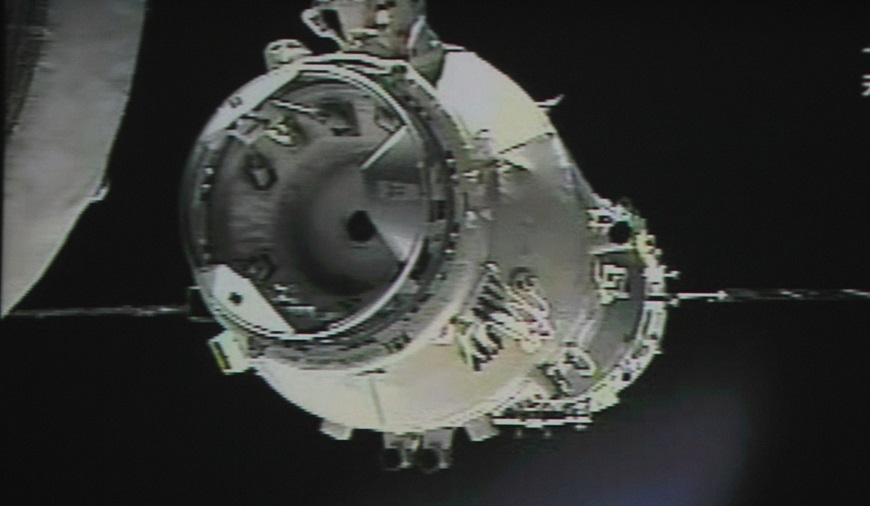An out-of-control unmanned Chinese space station is expected to plummet to Earth in the next coming months.
But where the parts of the Tiangong-1 that survive reentry will eventually crash-land on the Earth remains unconfirmed. It is expected that between 10 to 40 percent of its mass will survive reentry.
The 8.5-metric ton space station is already in a descending pattern.
The now decommissioned space station was launched in 2011 and was described as a “potent political symbol” of the governing Chinese Communist Party, reported The Guardian.
China officially declared it lost control over the space station on March 21, 2016.
Sometime in late March of this year, a Chinese space station named Tiangong-1 is going to fall back down to Earth — and some big pieces may survive the reentry. https://t.co/omEZb3PWr7 @lorengrush @verge pic.twitter.com/vJC7K9ABN6
— Asia Space (@AsiaSpace) January 1, 2018
Jonathan McDowell, an astrophysicist from Harvard University, said that he expected the Tiangong-1 to come down early this year.
“Now that [its] perigee is below 300km and it is in denser atmosphere, the rate of decay is getting higher,” McDowell told The Guardian.
He said that some parts of the disintegrating structure that hits the Earth’s surface may weigh up to 220 pounds (100 kilograms).
McDowell said that predicting where the debris will land is impossible, even in the days ahead of its hitting the Earth.
“You really can’t steer these things,” McDowell said. “Even a couple of days before it re-enters we probably won’t know better than six or seven hours, plus or minus, when it’s going to come down. Not knowing when it’s going to come down translates as not knowing where it’s going to come down.”
Tiangong-1 Chinese Space Station flying out of control dramatically increasing falling speed. Re-entry will be soon, currently just 303 KM high.#Tiangong #Satellite #China #SpaceStation pic.twitter.com/7E32NF8YD0
— Manu Gómez (@GDarkconrad) November 27, 2017
McDowell said a minor alteration in atmospheric conditions can bump the landing area “from one continent to the next.”
At the reentry point, its structure will move 20 times faster than a bullet, according to the U.S. non-profit Aerospace Corporation.
The extreme of heat of the reentry and the increase of aerodynamic loads results in the first major break up of any space hardware falling to Earth at an altitude of between 46-52 miles (74-83 kilometers).
“At this point, the object breaks into several smaller objects, and each continues to fragment or melt as long as sufficient heating and loads exist,” said Aerospace on its website. “When surviving objects have slowed sufficiently, the heat rate drops and a cloud of debris remains to fall and impact the ground.”
But the odds that falling parts of Tiangong-1’s structure will kill anyone is less than one in a trillion.
“Reentry risk estimates are supported by the fact that, over the last 50 years, more than 5,400 metric tons of materials are believed to have survived reentry with no reported casualties (of course, it is possible that casualties have occurred somewhere in the world, but have not been reported),” said Aerospace.
Up next:
Lost World War I Submarine Found 103 Years Later
[/epoch_video]


